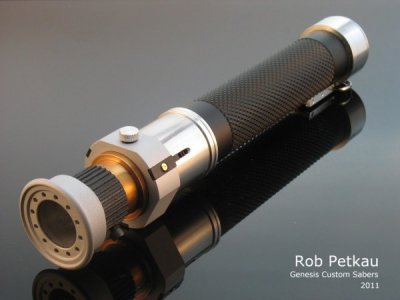Hello,
I have projects in mind where I need to create a part that is essentially a tube. I certainly can find material to use as a base but in some instances the final dimensions I need can not be made from stock material. The part lengths are between 8-16" in most cases. I need either 0.75" or a 1.0" I.D.
What is the best way to mill that part? Do boring arms reach 8-16"? If drilling horizontally is recommended, are there bits that reach 8-16"? Flipping the part end to end is a thought - is there a best practice when doing this kind of approach?
Thanks,
Clint
I have projects in mind where I need to create a part that is essentially a tube. I certainly can find material to use as a base but in some instances the final dimensions I need can not be made from stock material. The part lengths are between 8-16" in most cases. I need either 0.75" or a 1.0" I.D.
What is the best way to mill that part? Do boring arms reach 8-16"? If drilling horizontally is recommended, are there bits that reach 8-16"? Flipping the part end to end is a thought - is there a best practice when doing this kind of approach?
Thanks,
Clint

